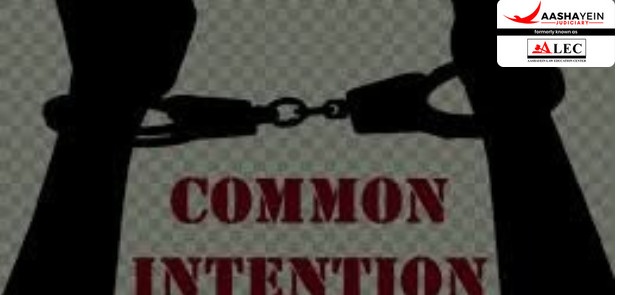Bench Comprising of Justice Sudhanshu Dhulia and Justice Prashant Kumar Mishra
Introduction
This case examines the application of Section 34 IPC (Section 34: Acts done by several persons in furtherance of common intention) in the context of criminal liability. The Supreme Court emphasized that when multiple accused act with a common intention, the severity of injury inflicted by individual acts cannot be a sole factor to reduce the conviction or sentence.
Facts
Accused Nos. 2 (K.B. Vijayakumar) and 3 (K.B. Jayakumar @ Suresh) attacked PW1 and PW7 (father and son) using deadly weapons—Accused No. 2 wielded a chopper and Accused No. 3 carried a knife. PW1 and PW7 suffered injuries during the assault. The trial court convicted both accused under Section 326 IPC (voluntarily causing grievous hurt by dangerous weapons) read with Section 34 IPC. The High Court modified the conviction of Accused No. 2 to Section 324 IPC (voluntarily causing hurt by dangerous weapons) due to the less severe injuries caused by him compared to Accused No. 3.
Issues
1. Whether the High Court erred in modifying the conviction of Accused No. 2 from Section 326 to Section 324 IPC based on the lesser severity of injuries inflicted.
2. Whether the element of "common intention" under Section 34 IPC justified the original conviction.
You can also read the Blog by visiting [Blog]
For more information, visit [Aashayein Enquiry Section]
Contentions of the Appellant
The High Court wrongly reduced the conviction of Accused No. 2 without considering his active role and common intention shared with Accused No. 3. The degree of injury inflicted by an individual is immaterial when the accused acted with common intention. The modification undermines the principle of collective liability under Section 34 IPC.
Contentions of the Respondent
The High Court correctly modified the conviction as the injuries caused by Accused No. 2 were not grievous. Accused No. 2 did not have the same intent as Accused No. 3 at the time of the assault.
The reduced punishment was appropriate given his lesser role in the incident.
Court’s Analysis
The Court reiterated that Section 34 IPC is based on the principle of shared intention. The liability under this provision arises when the act is done in furtherance of a common intention, irrespective of individual roles or the degree of injury caused. The Court clarified that a pre-meeting of minds is not always necessary to establish common intention. It can arise spontaneously during the commission of the offense. The High Court erred in reducing the conviction by focusing solely on the severity of the injuries inflicted by Accused No. 2. The presence and active participation of Accused No. 2 with a weapon demonstrated his shared intent with Accused No. 3. The Court held that Accused No. 2 was equally liable under Section 326 IPC, read with Section 34, as his presence and actions were instrumental in the assault.
Conclusion
The Supreme Court allowed the State's appeal, restoring the conviction of Accused No. 2 under Section 326 read with Section 34 IPC. It sentenced him to two years of rigorous imprisonment and imposed a fine of ₹75,000. Accused No. 2 was directed to surrender within four weeks to serve the remaining sentence. This case underscores the importance of collective liability in criminal law and reaffirms the doctrine of common intention.

